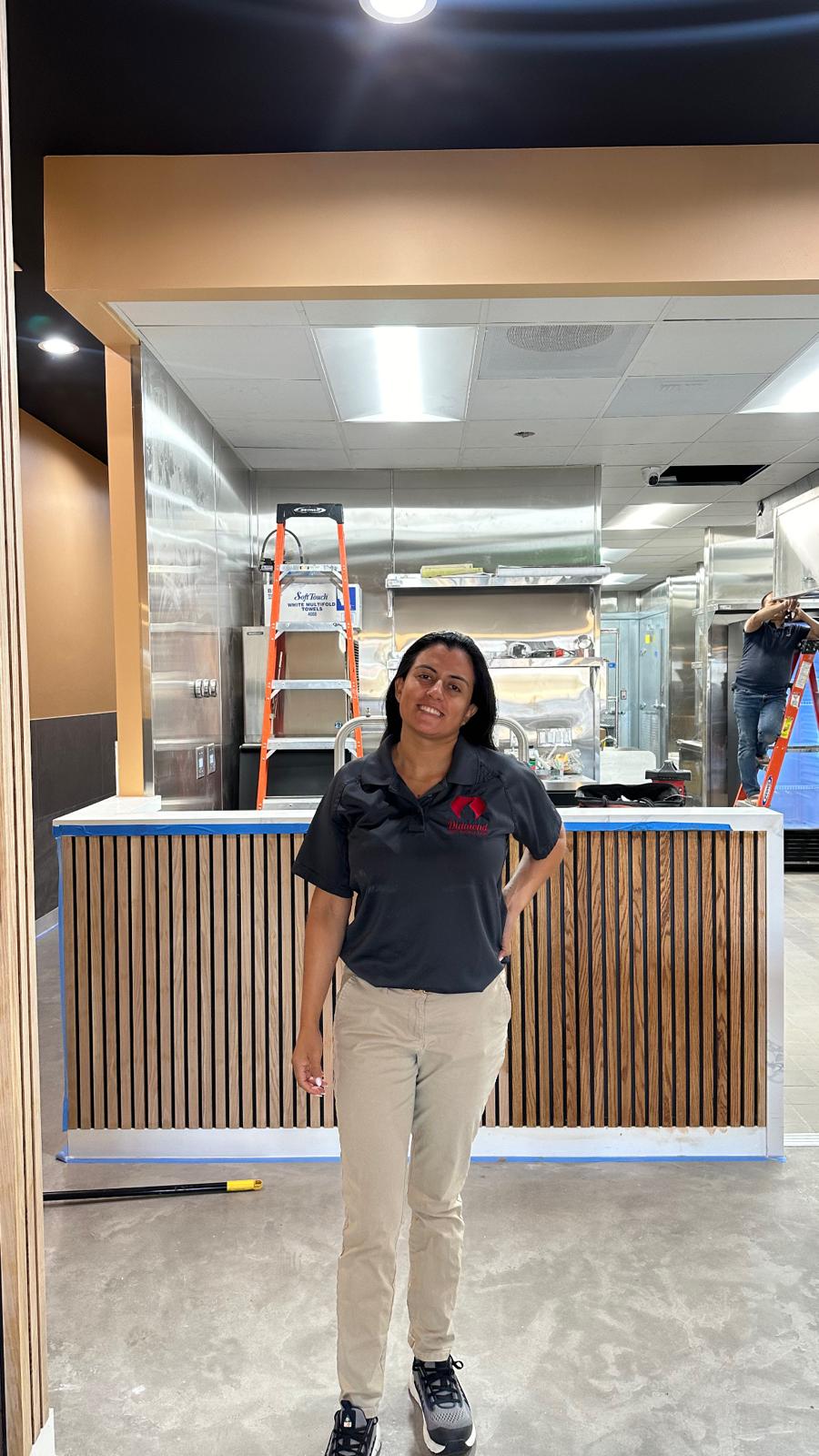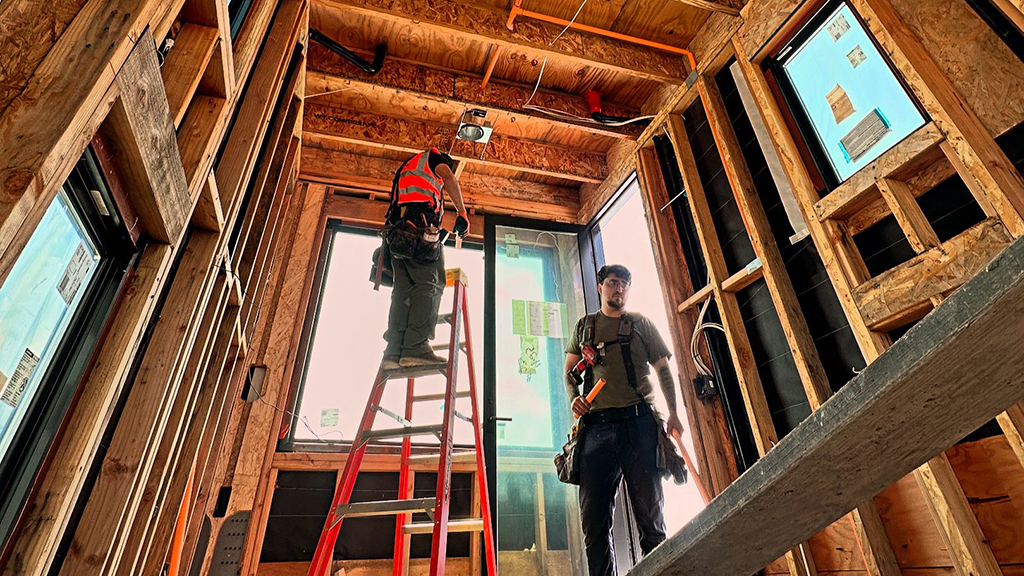
At Diamond Fire Protection, we believe understanding the history behind fire sprinklers helps highlight just how far fire safety technology has come and how critical these systems are in protecting lives and property today. Let’s take a trip back in time to explore how the fire sprinkler system was invented and how it evolved into the life-saving technology we use today.
The Early Beginnings
Fire sprinklers may seem like a modern solution to fire safety, but the idea of using water to fight fire dates back hundreds of years. In ancient civilizations, people used basic methods like bucket brigades and water buckets to put out fires. However, these methods were not always reliable, especially in large or multi-story buildings.
The First Fire Sprinkler System
The first recorded automatic fire sprinkler system was invented by Harry S. Phelps, an American engineer, in 1872. Phelps’ invention was based on a simple concept: when a fire broke out, water would be automatically released from pipes to extinguish it. However, early systems required human intervention, and water was manually released when a fire was detected.
But in 1874, a major breakthrough came with the invention of the first automatic fire sprinkler system by Frederick Grinnell, another American engineer. He designed a system that used heat-sensitive elements (glass bulbs filled with liquid) that would break when exposed to high temperatures, releasing water from the sprinkler heads. This innovation allowed the sprinkler system to automatically activate when the temperature reached a critical level, effectively extinguishing the fire at its source before it could spread.
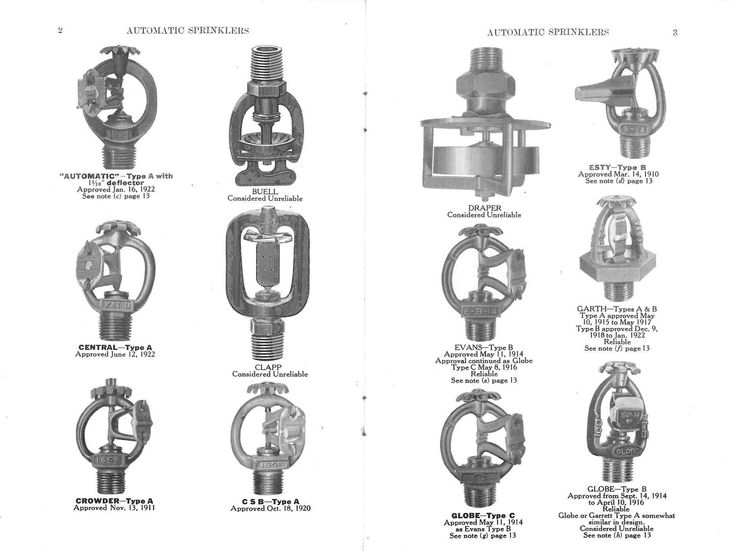
Fire Sprinklers Evolve in the 20th Century
By the early 1900s, fire sprinklers started becoming a standard safety feature in industrial buildings, particularly in large factories and warehouses where the risk of fire was high. Their use continued to expand, and by the 1920s, fire sprinkler systems were being installed in a wide range of commercial and residential properties.
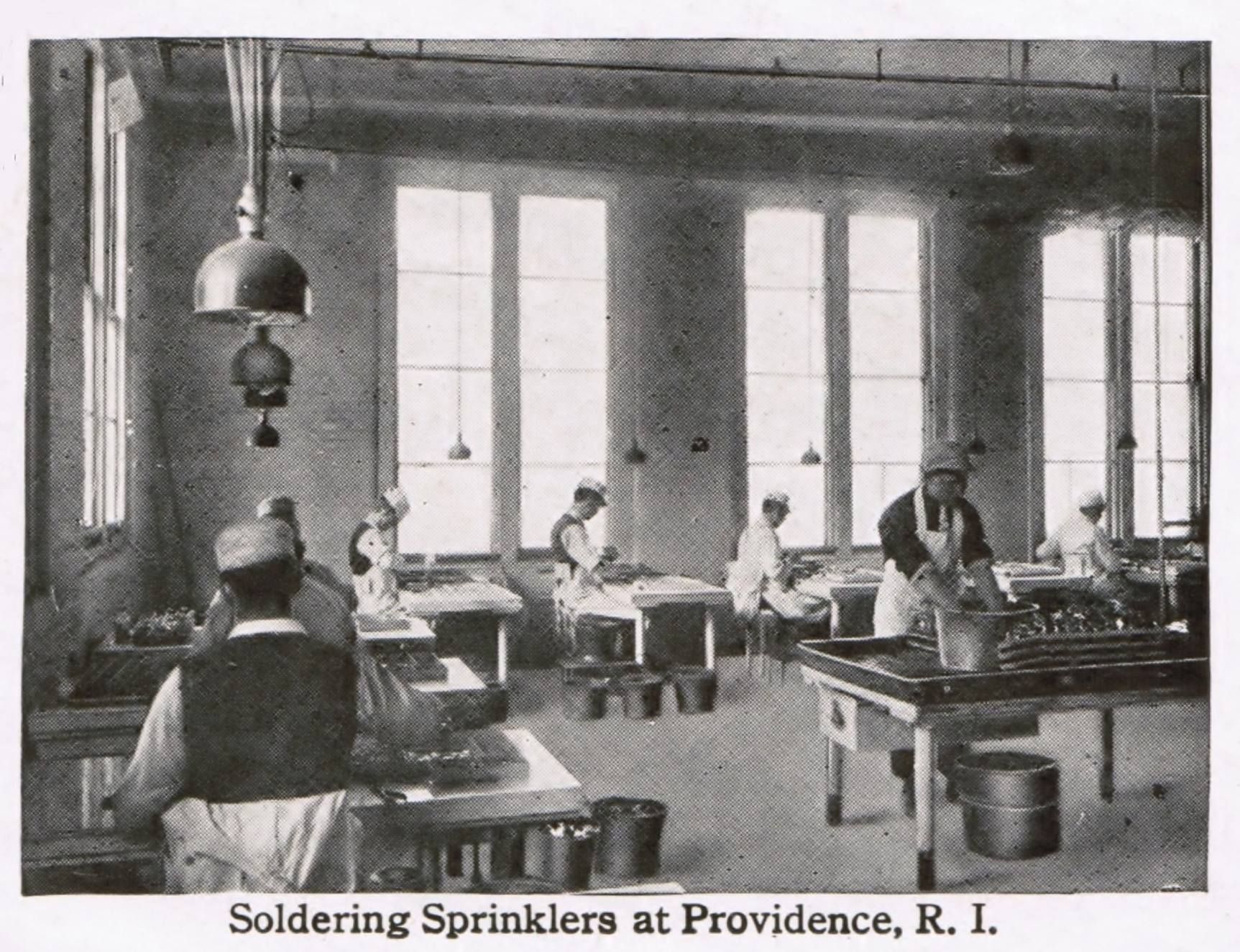
In the mid-1900s, fire sprinklers became more refined with the introduction of wet pipe systems, where water was stored in the pipes at all times, ready to be released when needed. This made the systems faster and more efficient at detecting and controlling fires.
As technology continued to advance, fire sprinklers became even more sophisticated. The 1970s and 1980s saw the introduction of pre-action sprinkler systems and dry pipe systems, which were designed to operate in colder climates and prevent pipes from freezing. Additionally, ESFR (Early Suppression, Fast Response) systems were developed for high-risk environments such as warehouses with high ceilings and large storage spaces.
The Role of Fire Sprinklers Today
Today, fire sprinkler systems are an essential part of fire safety in all kinds of buildings—from homes and schools to hospitals and skyscrapers. Fire sprinklers have been proven to reduce fire damage, prevent fatalities, and save property. In fact, the National Fire Protection Association (NFPA) reports that when fire sprinklers are present, the risk of dying in a fire is reduced by 80%, and property damage is significantly reduced.
A Continuing Legacy of Innovation
Fire sprinkler technology continues to evolve. Modern systems feature smart technology that connects sprinklers to building management systems, providing real-time monitoring and better response times. Advances in materials and design allow sprinklers to be more discreet, efficient, and versatile, while continuing to protect lives and property.
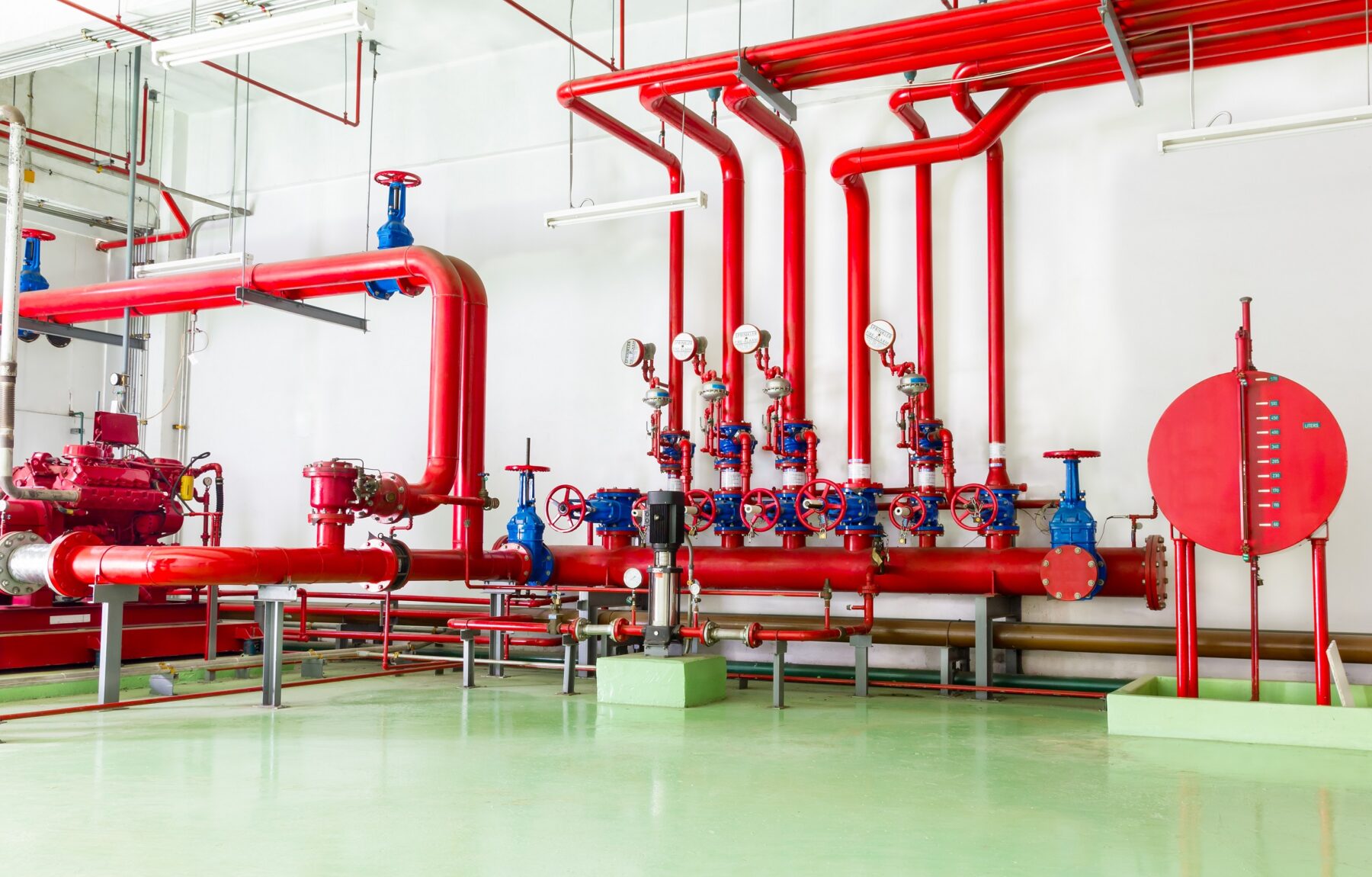
Conclusion
The journey of fire sprinkler systems from simple water buckets to sophisticated life-saving technology has been remarkable. Today, they are one of the most effective tools for fire prevention and control, and they continue to save lives and minimize damage to property. At Diamond Fire Protection, we’re proud to be part of this legacy, providing expert installation, maintenance, and inspection services to ensure that your fire sprinkler systems are always ready to protect what matters most.
